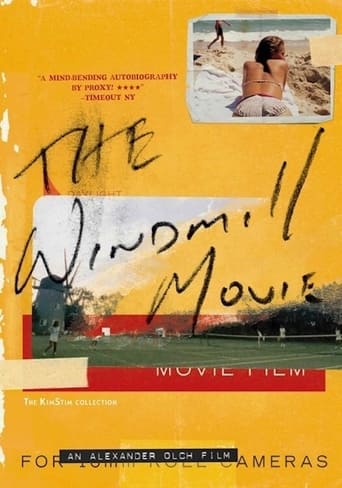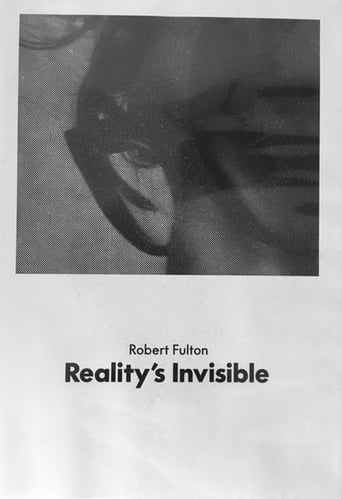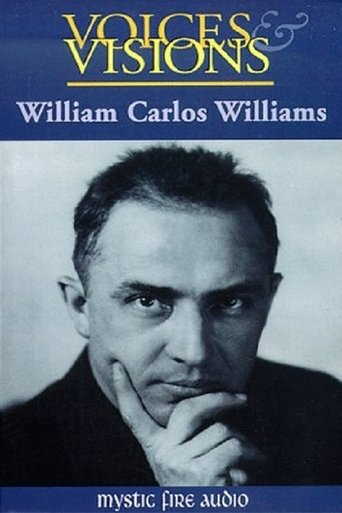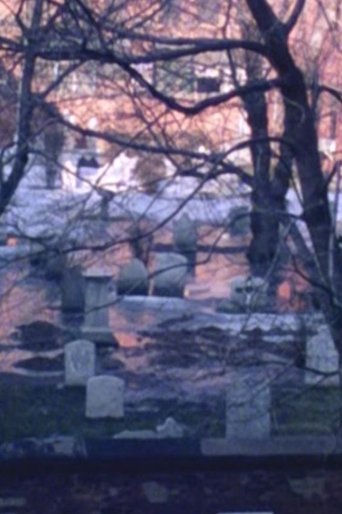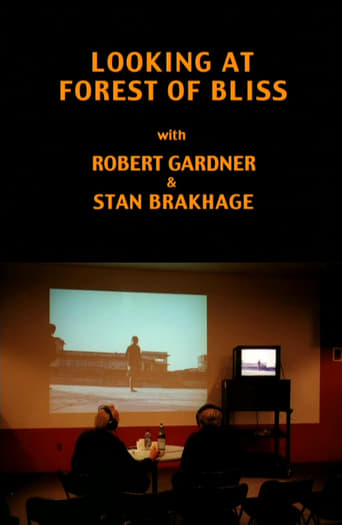The Windmill Movie
Jun 17, 2009Filmmaker Richard P. Rogers tried for twenty years to make a documentary about his own life. He died in 2001, leaving the project unfinished, until his widow, acclaimed photographer Susan Meiselas, commissioned his former student Alexander Olch to make a film out of the pieces. Starting in the Hamptons, in the town of Wainscott, the film weaves Rogers' footage into a journey through childhood memories, a less than encouraging mother, a family background of privilege, and Rogers' persistent, dogged attempts to document his own life. Rogers' friend, actor and writer Wallace Shawn, joins in the process, as the film investigates the differences between documentary and fiction, and tells the tragic story of Rogers' life.
Documentary
